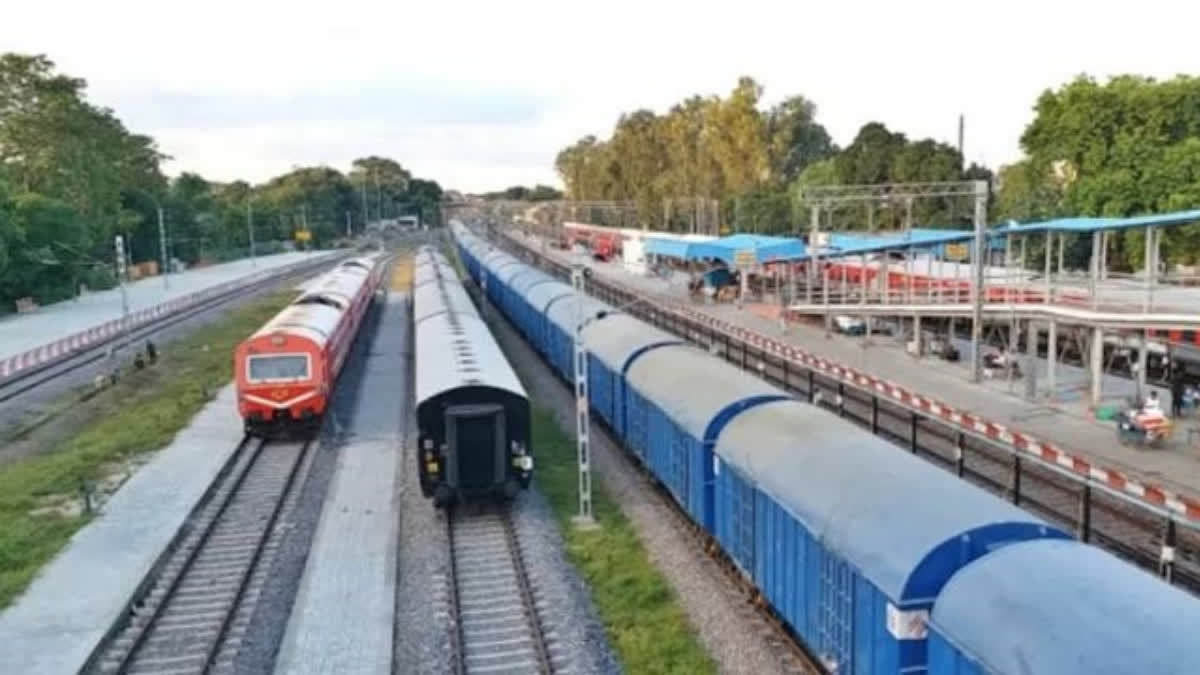New Delhi:A recent trial conducted to examine the efficiency of braking parameters of anti-train collision system Kavach in a semi-high speed engine at 160 kmph showed promising results, the North Central Railway's Agra Division has said.
The Kavach system, developed by the Research Designs and Standards Organisation (RDSO), can apply brakes automatically in case of an emergency when a train driver fails to act on time.
The Indian Railways is in the process of implementing this system across its network to enhance operational safety. Under the supervision of Kush Gupta, Deputy Chief Signal and Telecommunication Engineer, North Central Railway, a semi-high speed engine, WAP-5, was fitted with the Kavach system and operated on the Palwal-Mathura section at 160 kmph on January 19, said Prashashti Srivastava, PRO, Agra Rail Division.
"The driver of the locomotive was asked not to apply brakes after observing a red signal ahead. We wanted to examine if Kavach would apply brakes on its own and bring the train to a halt before the signal," she said.
"The participating engineers and officials were happy to note that the locomotive stopped 30 metres before the red signal. It also met other safety parameters," she added. WAP-5 locomotives are capable of pulling passenger coaches at 160 kmph and are used in trains like Shatabdi and Gatimaan Express.
The trial started at 10 am from Vrindavan in Uttar Pradesh and was completed by 1:20 pm in Haryana's Palwal in the down line direction as per the schedule. It was repeated in the Uttar Pradesh line direction from Palwal to Vrindavan between 2 pm and 3:35 pm, according to Srivastava.
Now the division will repeat the trial on a locomotive with passenger coaches very soon, officials said. The Agra Division has developed a complete Kavach network on the 80-km stretch between Mathura (excluding the station) and Palwal.
